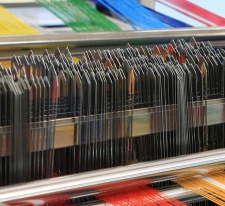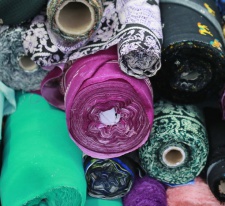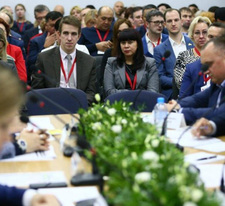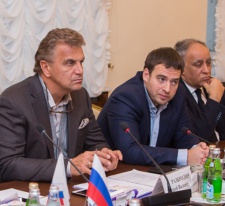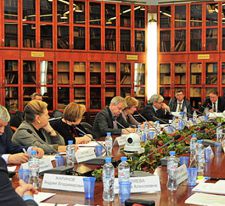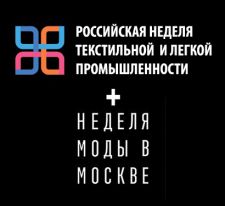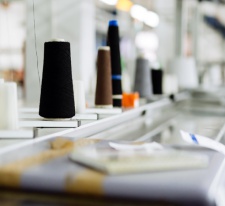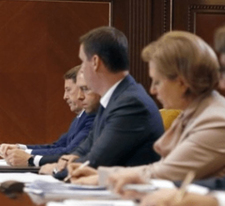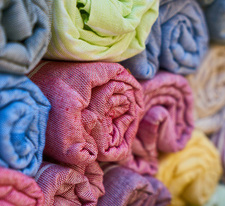Light industries
WE DON'T KNIT BROOMS
Against the background of rising prices for imported goods, clothing with the label "made in Russia" continues its triumphant march through shops and markets. Only 17% of buyers remained true to their habits after the crisis began, but 71% of consumers significantly reduced spending on shoes and clothing. At the end of 2016, more than 40% of respondents cut their spending on non-food products even more. It is significant that first of all in Russia they save on clothes and shoes (25%), entertainment and leisure (15%), perfumes and cosmetics (13%), as well as on restaurants and electronics (12% each). The behavior of buyers, according to analysts' forecasts, will remain "expectantly restrained" at least until the middle of next year.
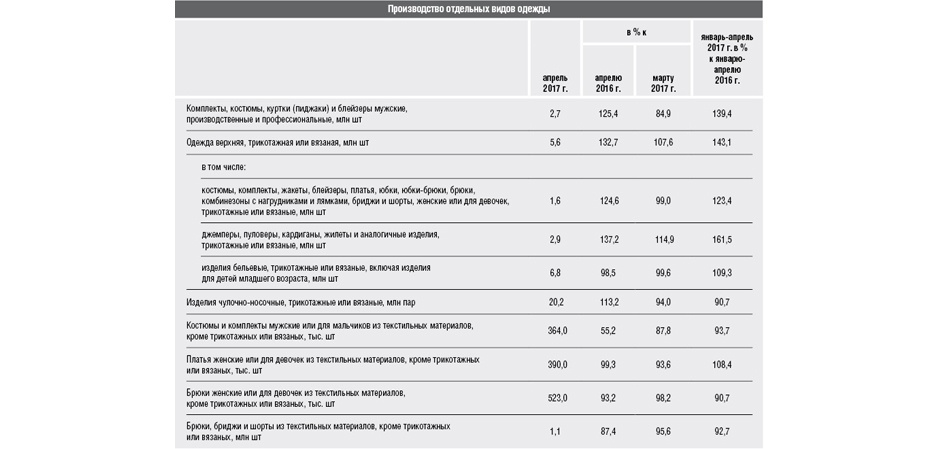
However, new fashion brands continue to enter the Russian market, with more than 40% of 2016 debutants working in the "above average" price segment, and brands from Italy (22%), the USA (13%), the UK (11%) and France (7%) were leading in the country of origin.%). Experts also note the high activity of brands of the post-Soviet countries (Belarus, Ukraine, Armenia, Uzbekistan), as well as Russian brands. Five years ago, buyers were very skeptical about what was done in Russia in the light industry segment. But today, according to the Fashion Consulting Group, if the Russian buyer with an average income to offer the choice – to buy women's blouse made of 100% cotton same style, differing only in the country of origin on the label ("Made in Russia’, ‘Made in Turkey” “Made in China”, “Made in Germany”, “Made in Italy"), & ndash; selection priority will be for Italy and Germany but then buyers will choose Russia and Turkey and only in the last instance – China.
Russian players are especially strong in the case of their creation on the basis of so-called old productions (men's suits, knitwear, outerwear, shoes, etc.). Since the mid-90s, many of them have chosen the concept of branded retail, for example, in 1995, expansion into street retail and shopping centers began"Bolshevik", then "Cheryomushki" and "Paris Commune". Vladislav Granovsky went a similar way, first creating the V. G. Studio company on the basis of the legendary Mosshveiprom in Comrade Lane, and then together with the designer Vassa, the Vassa brand. Russian Russian pr êt-à-porter and «Russian Max Mara» the company has a large network in Russia, as well as stores in the USA. Today the project is called the best Russian pr êt-à-porter and «Russian Max Mara» the company has a large network in Russia, as well as stores in the USA. However, according to analysts, it is becoming increasingly difficult to compete with Chinese and Turkish counterfeit goods in conditions when Russian companies pay all taxes. The structure of the clothing market has also changed: if earlier the average price segment occupied up to 40%, now it has decreased to 30%, and the share of the cheap segment has grown from 50 to 60%. According to estimates for June 2017, up to 75% of customers make purchases exclusively with discounts and during special promotions, and 90% choose products according to the principle of the best price-quality ratio.
Buyers of the "medium" and "medium minus" segments are still willing to consider alternative brands, take less well-known brands and "give debutants a chance". Russian Russian companies may "shoot" against this background, experts believe, unknown Russian companies, the attitude towards which has changed dramatically on the part of landlords, who are now organizing specialized Russian corners and fairs of Russian designers in shopping centers.
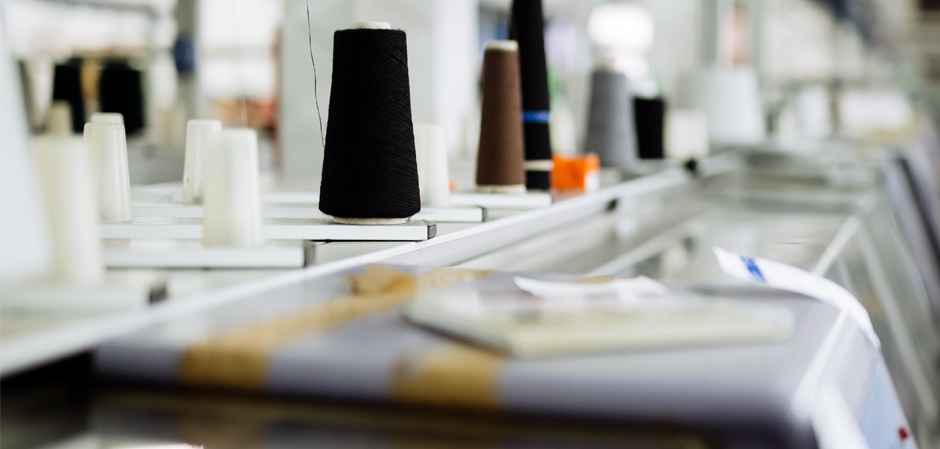
"In order to support, stimulate and promote the products of the textile and light industry of Russia, as well as in order to recreate a broad human potential, Soyuzlegprom and the National Academy of Fashion Industry annually hold the Ceremony of awarding the National Award in the field of fashion industry "Golden Spindle", "shares Andrey Razbrodin. – This is an award with rich historical traditions and strict criteria for the selection of participants, and it has rightfully become a sign of the highest level of skill and competence in the professional environment. Now Soyuzlegprom has taken the initiative to the Ministry of Industry and Trade of the Russian Federation about the need to develop the project in the future, as well as to consider the issue of state support for the industry award.
According to Andrey Razbrodin, although the situation on the consumer market is very heterogeneous, the potential of Russian clothing, shoes and fabrics at the state level is assessed as high. "The situation is traditionally complicated by the fact that not all light industry workers, especially representatives of small and medium-sized businesses, can allocate enough funds to participate in exhibitions and promote their products," Mr. Razbrodin sighs. We have also written to the Ministry of Industry and Trade of the Russian Federation about subsidizing the costs of participation of Russian manufacturers in industry exhibitions on the territory of the Russian Federation. Now is just a favorable moment when the Russian market has become interesting from the point of view of production placement and localization. We actively cooperate with the Association of Retail Trade Companies (ACORT), and in addition, we joined the working group under the Public Council of the Ministry of Industry and Trade of Russia in order to consolidate industry participants and develop uniform rules for fair competition in the market. Over the past year, there has been an increase in the number of suppliers, an expansion of the product range and the share of Russian-made goods on the shelves of chain retailers. Within the framework of the Russian Textile and Light Industry Week this year, Soyuzlegprom held a trade and procurement session for the first time, which was attended by 15 major Russian and foreign retail chains, as well as 40 Russian manufacturers in various areas of the assortment.
Author: Svetlana Soboleva
Photo: shutterstock.com


